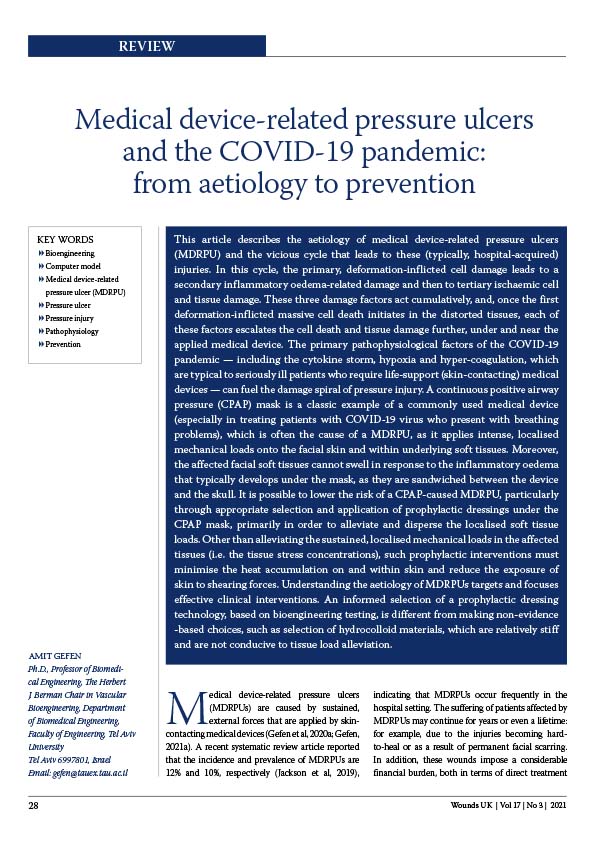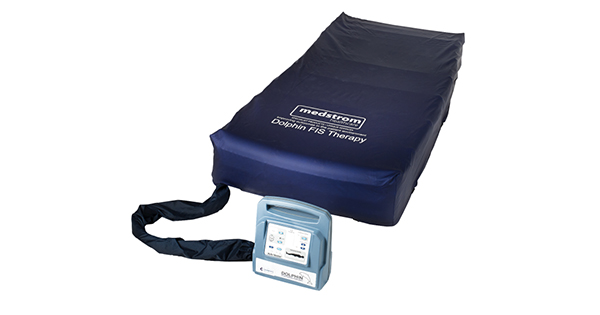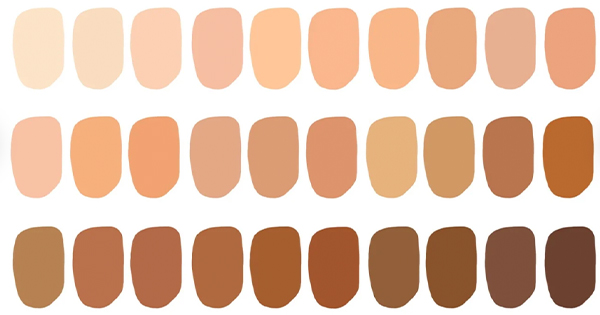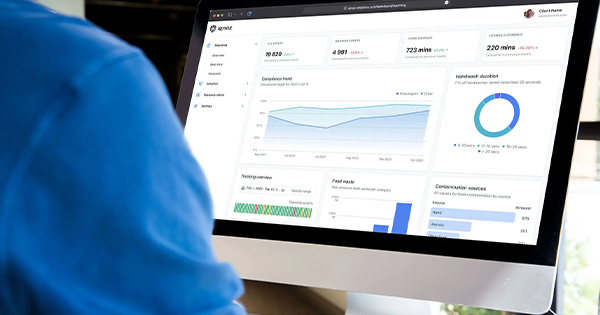This article describes the aetiology of medical device-related pressure ulcers (MDRPU) and the vicious cycle that leads to these (typically, hospital-acquired) injuries. In this cycle, the primary, deformation-inflicted cell damage leads to a secondary inflammatory oedema-related damage and then to tertiary ischaemic cell and tissue damage. These three damage factors act cumulatively, and, once the first deformation-inflicted massive cell death initiates in the distorted tissues, each of these factors escalates the cell death and tissue damage further, under and near the applied medical device. The primary pathophysiological factors of the COVID-19 pandemic — including the cytokine storm, hypoxia and hyper-coagulation, which are typical to seriously ill patients who require life-support (skin-contacting) medical devices — can fuel the damage spiral of pressure injury. A continuous positive airway pressure (CPAP) mask is a classic example of a commonly used medical device (especially in treating patients with COVID-19 virus who present with breathing problems), which is often the cause of a MDRPU, as it applies intense, localised mechanical loads onto the facial skin and within underlying soft tissues. Moreover, the affected facial soft tissues cannot swell in response to the inflammatory oedema that typically develops under the mask, as they are sandwiched between the device and the skull. It is possible to lower the risk of a CPAP-caused MDRPU, particularly through appropriate selection and application of prophylactic dressings under the CPAP mask, primarily in order to alleviate and disperse the localised soft tissue loads. Other than alleviating the sustained, localised mechanical loads in the affected tissues (i.e. the tissue stress concentrations), such prophylactic interventions must minimise the heat accumulation on and within skin and reduce the exposure of skin to shearing forces. Understanding the aetiology of MDRPUs targets and focuses effective clinical interventions. An informed selection of a prophylactic dressing technology, based on bioengineering testing, is different from making non-evidence -based choices, such as selection of hydrocolloid materials, which are relatively stiff and are not conducive to tissue load alleviation.







